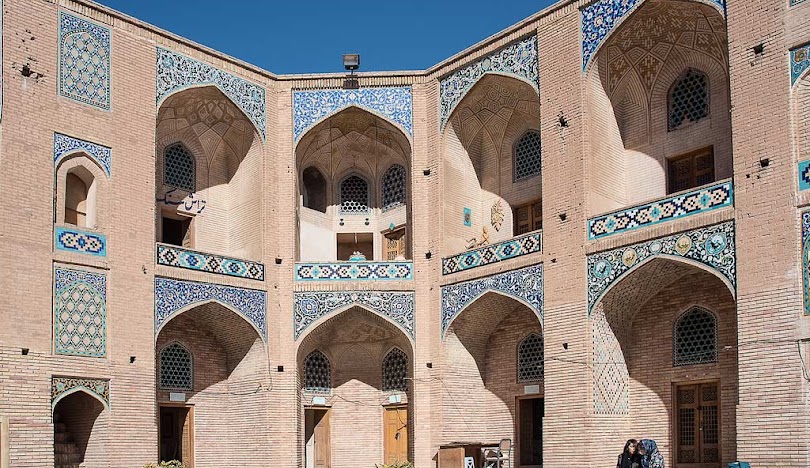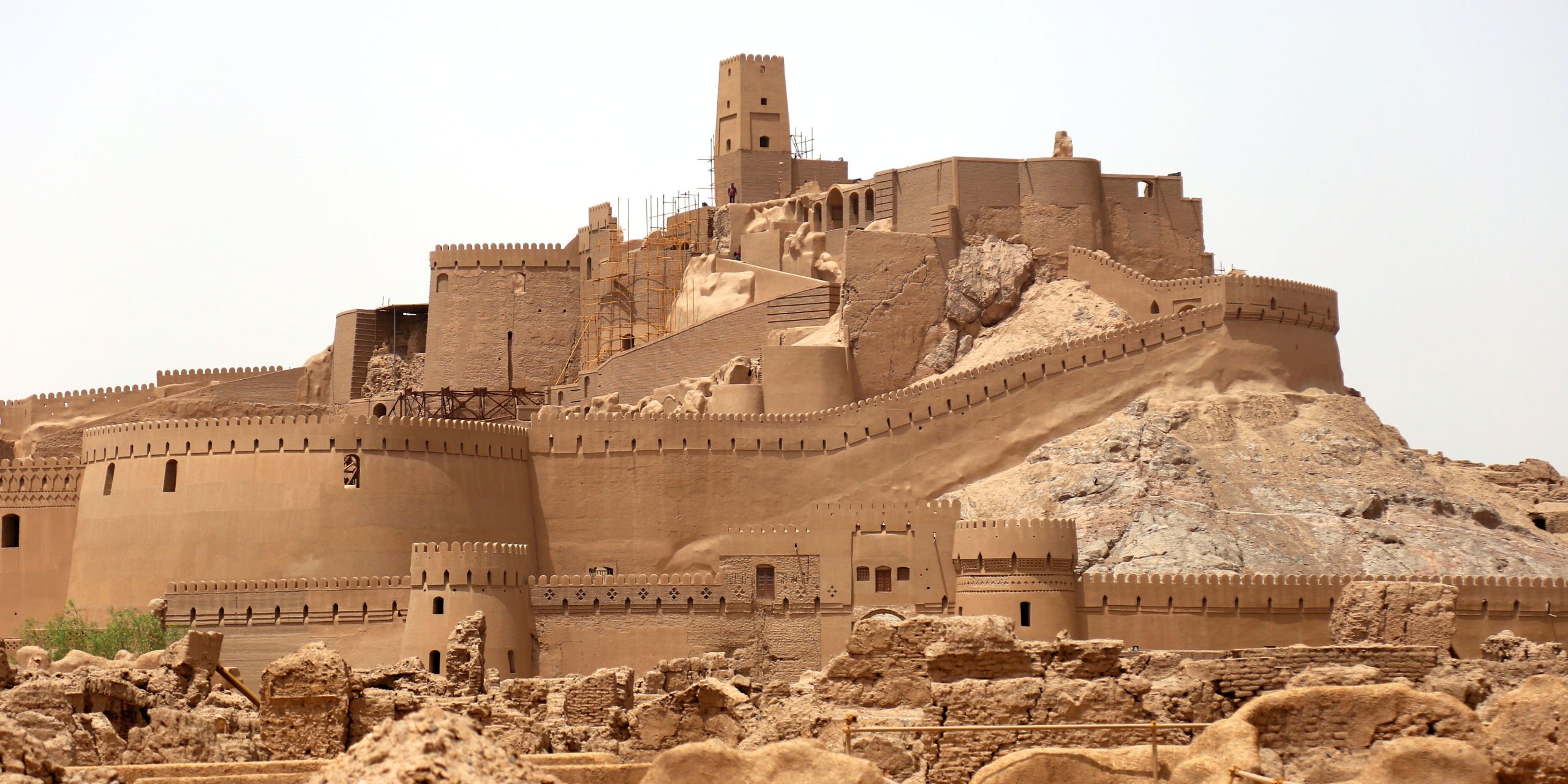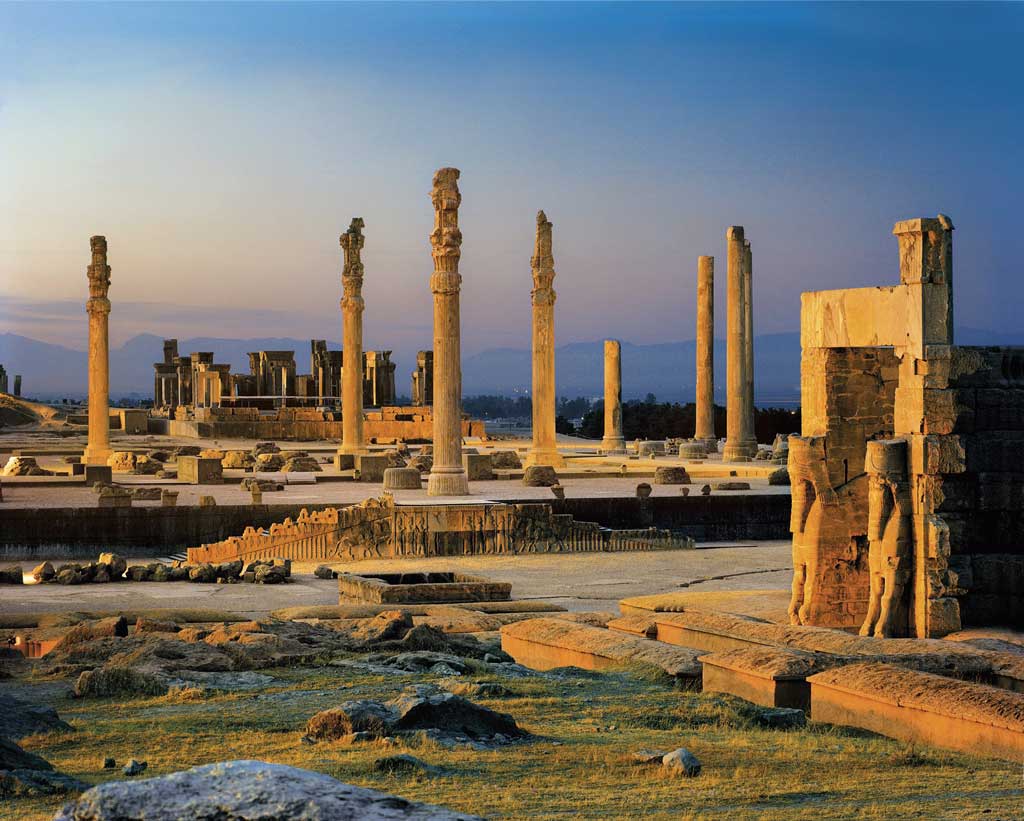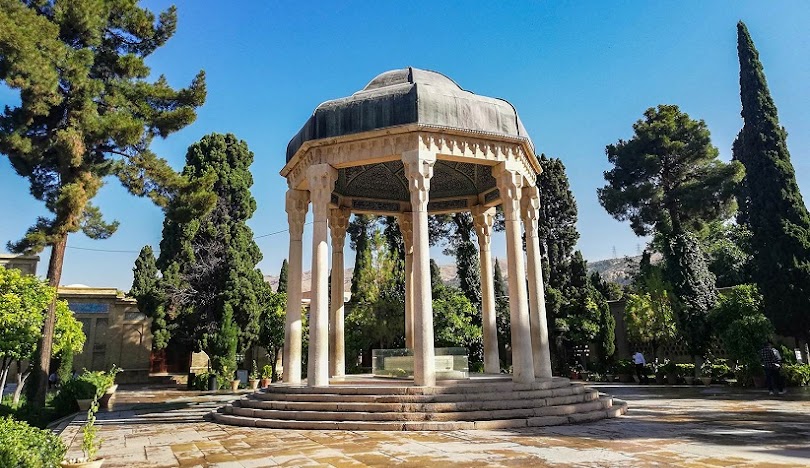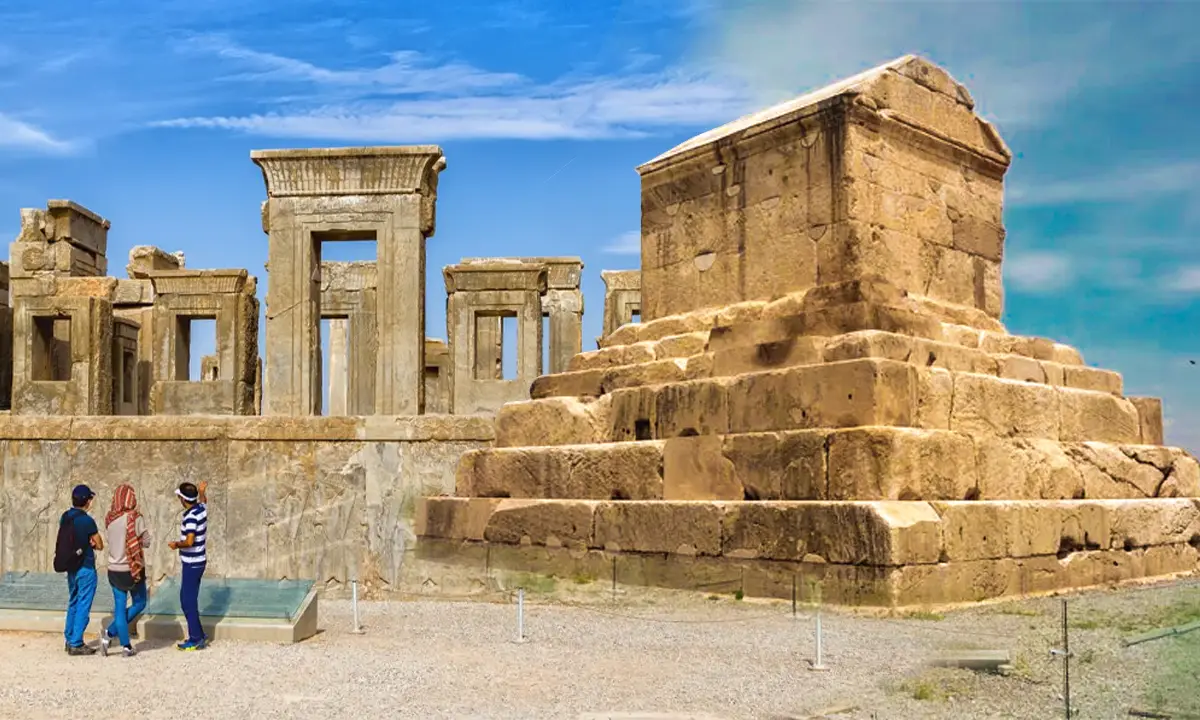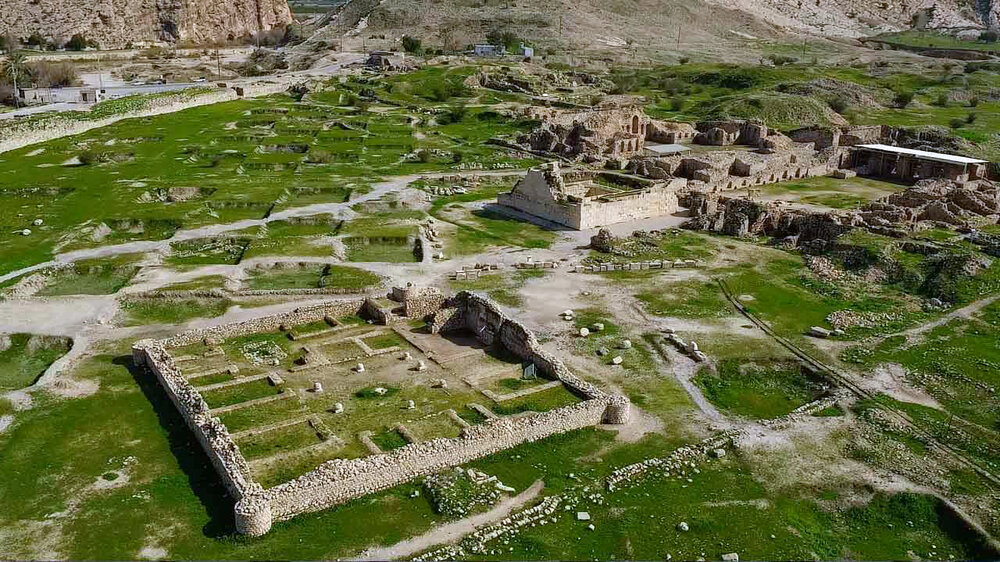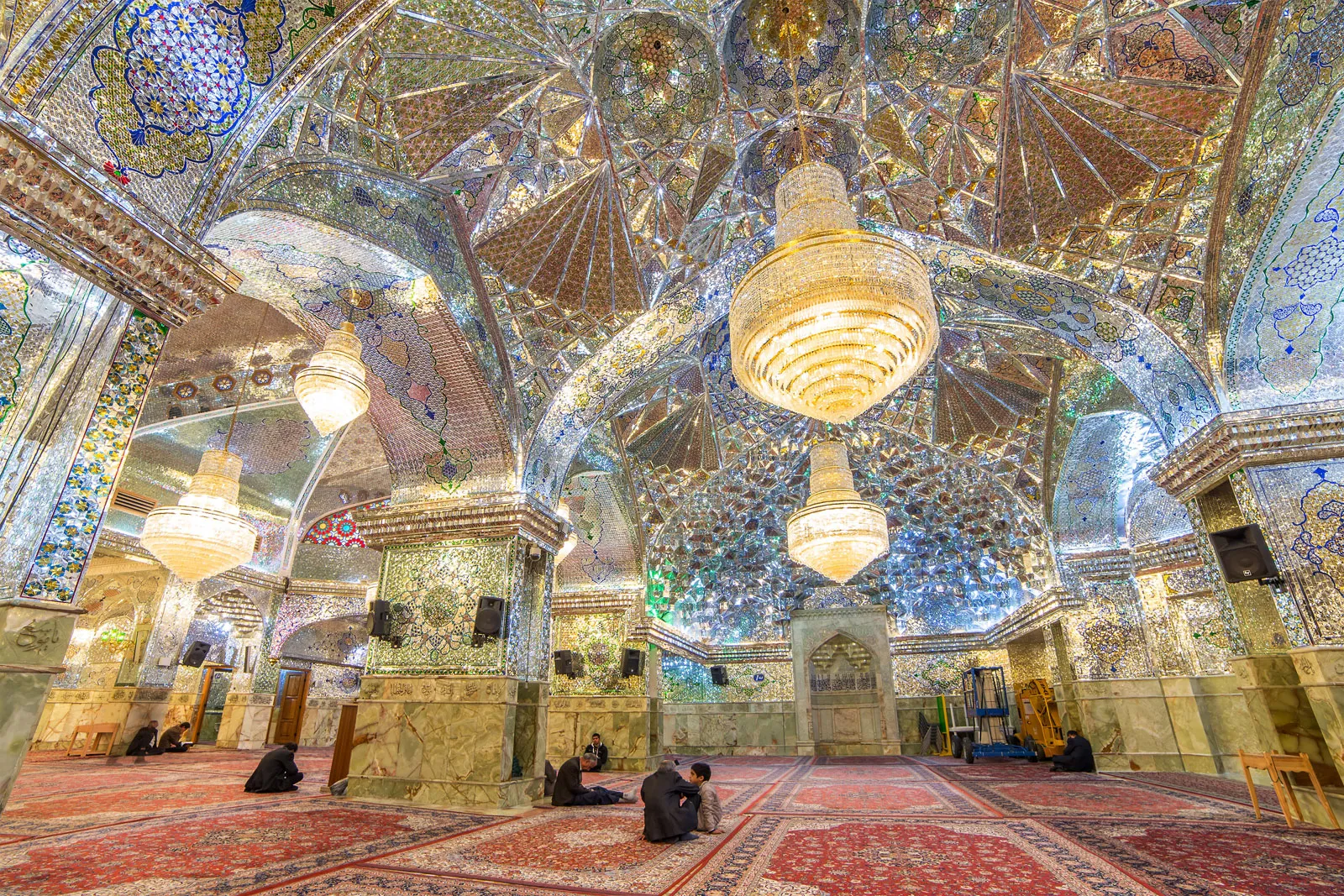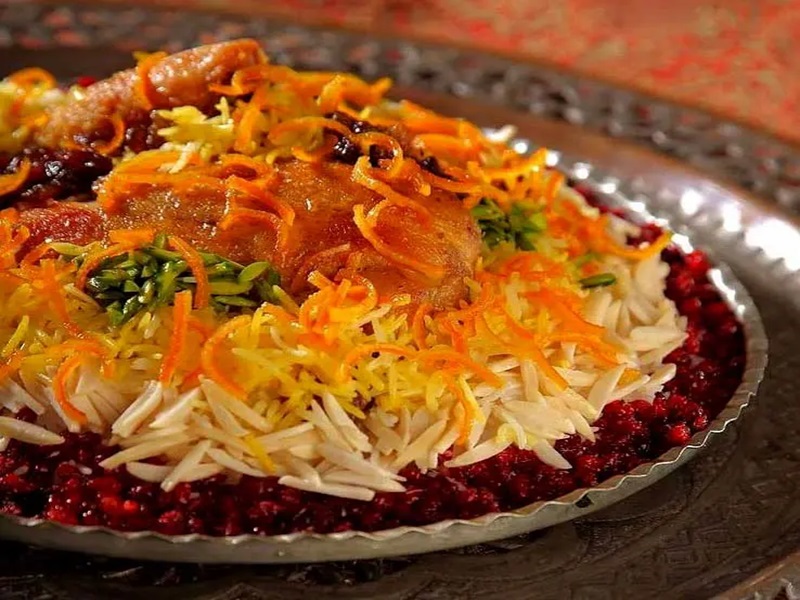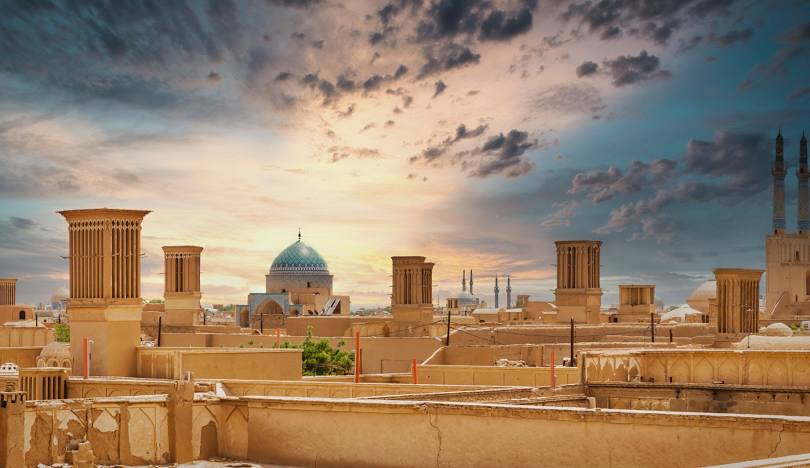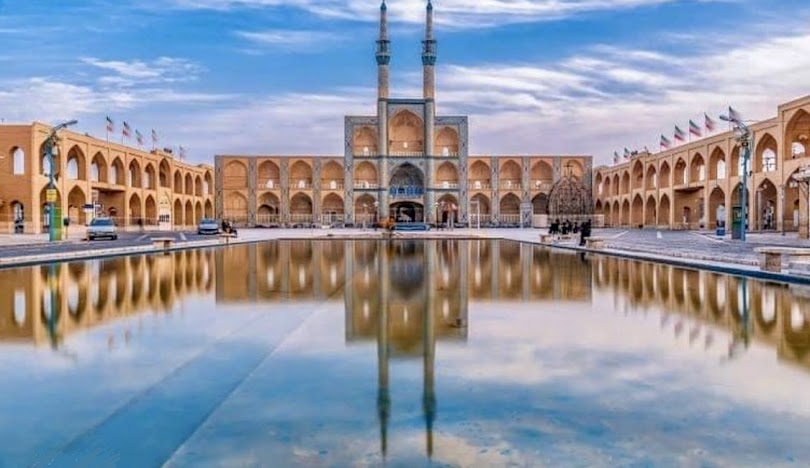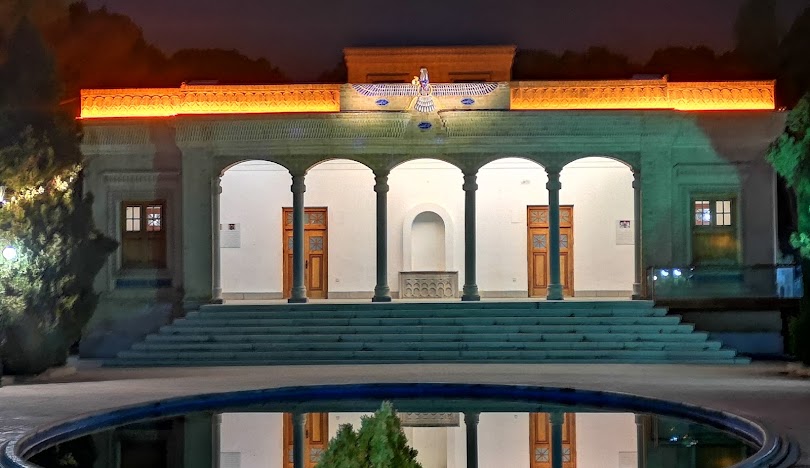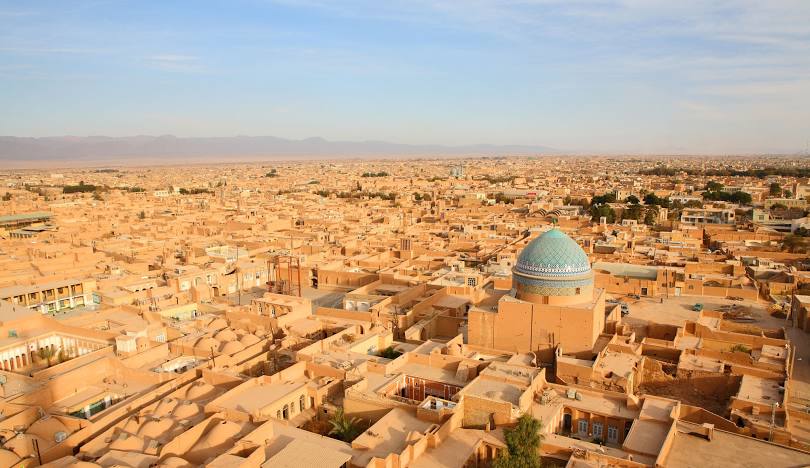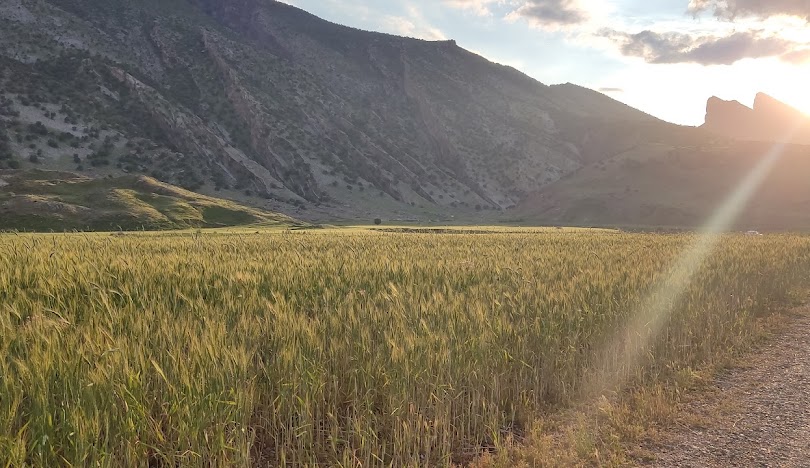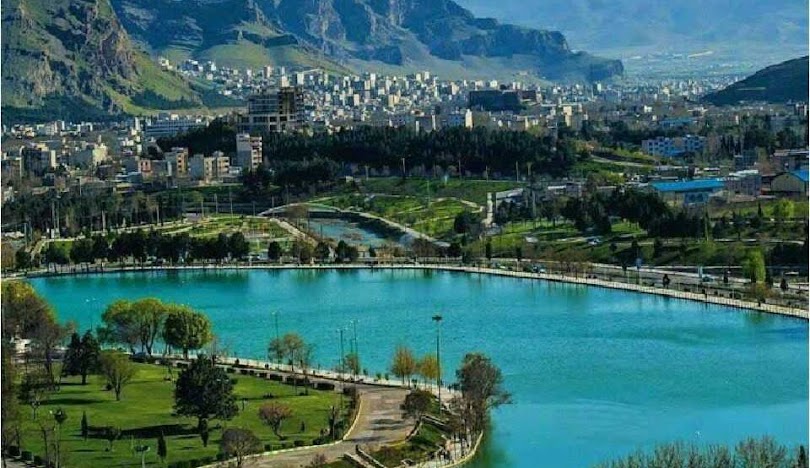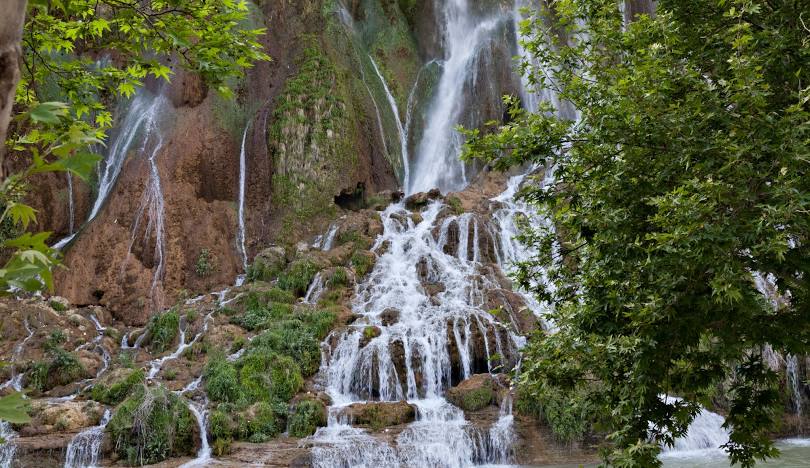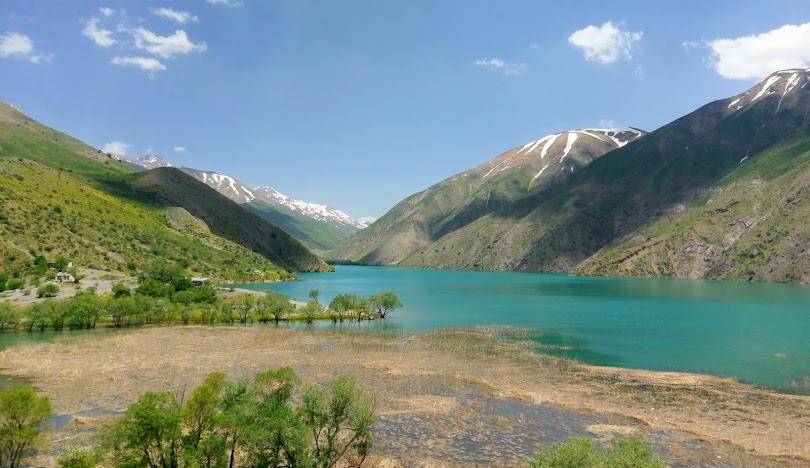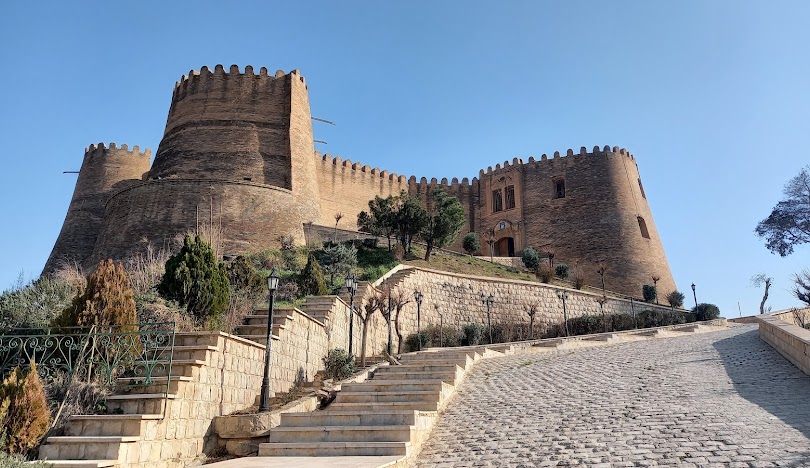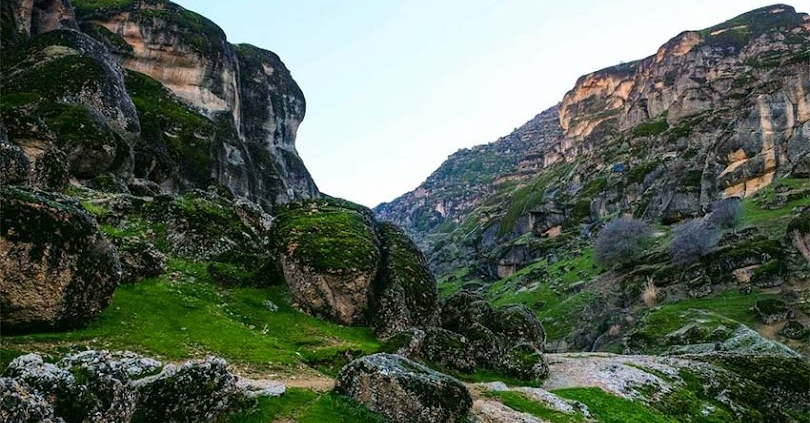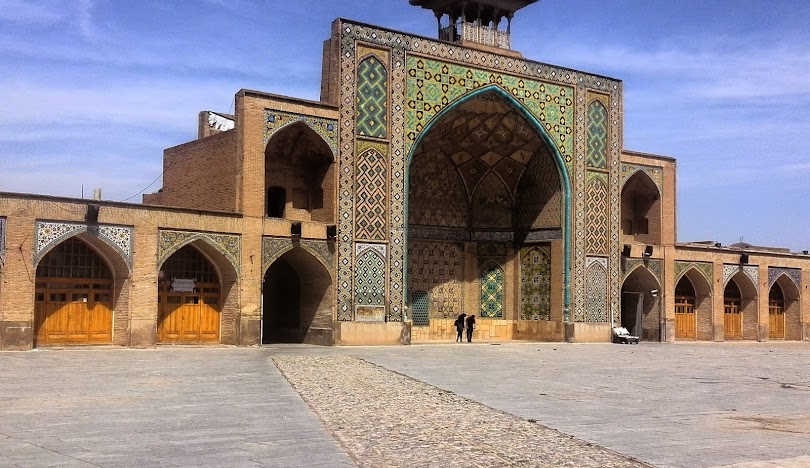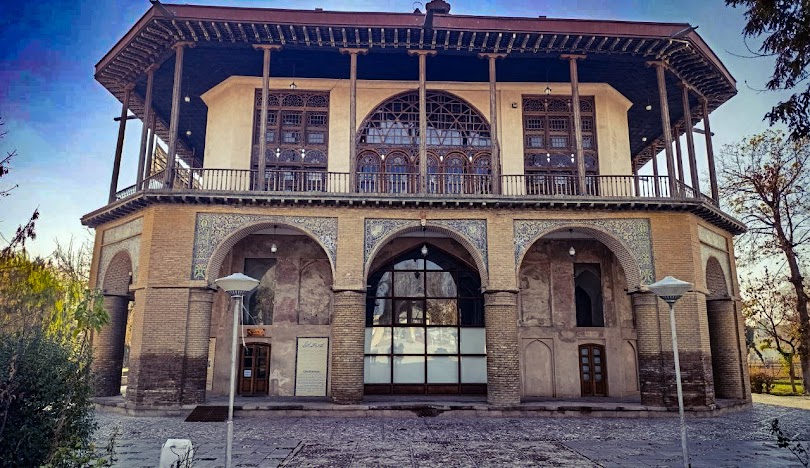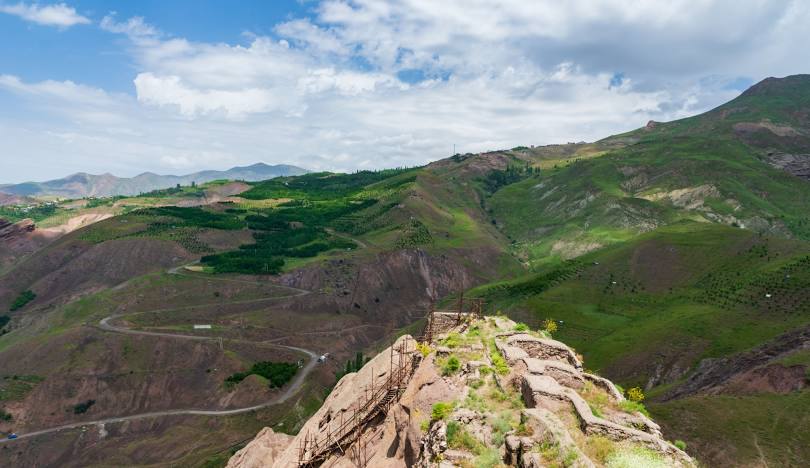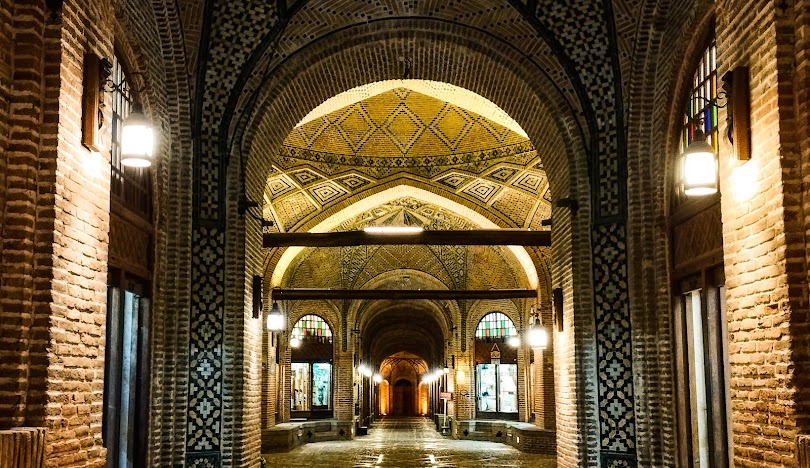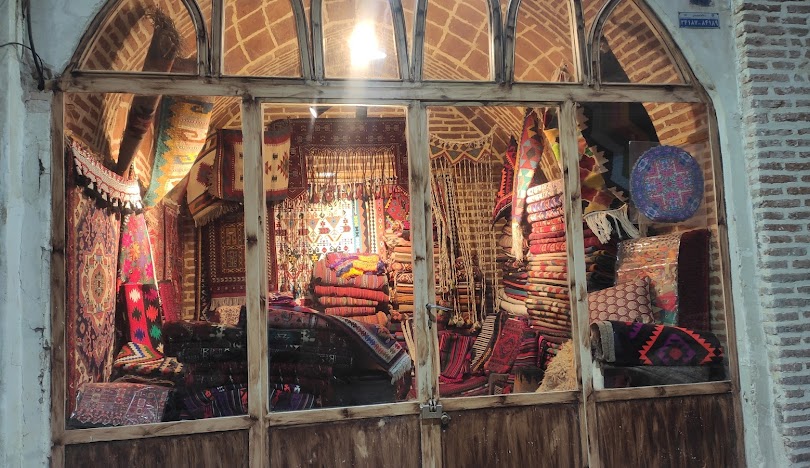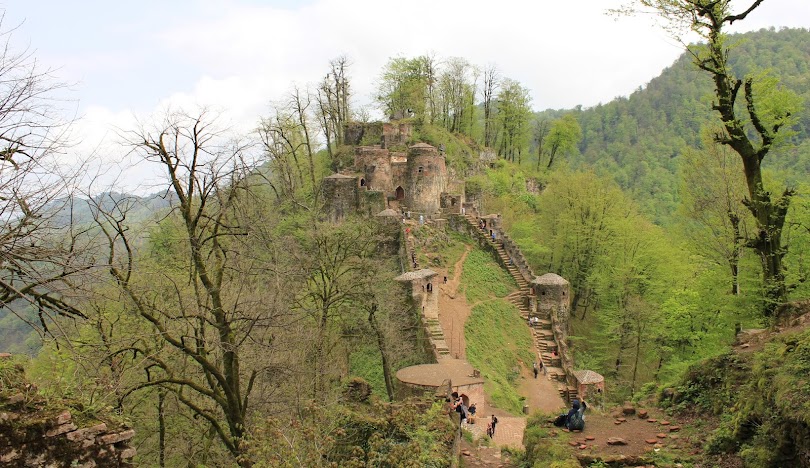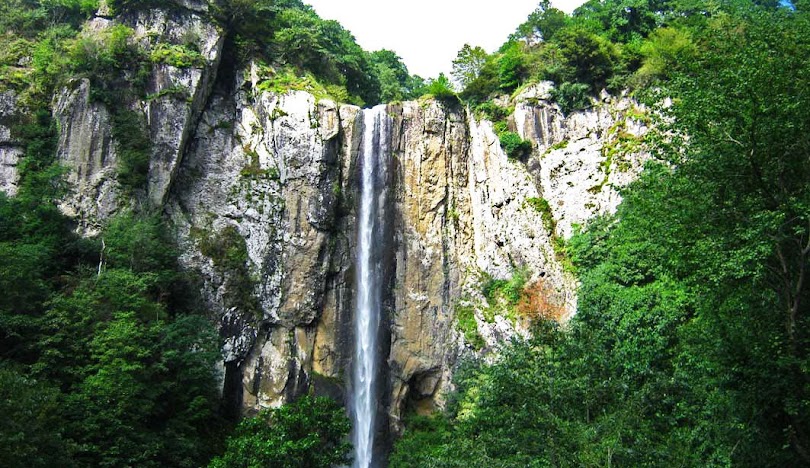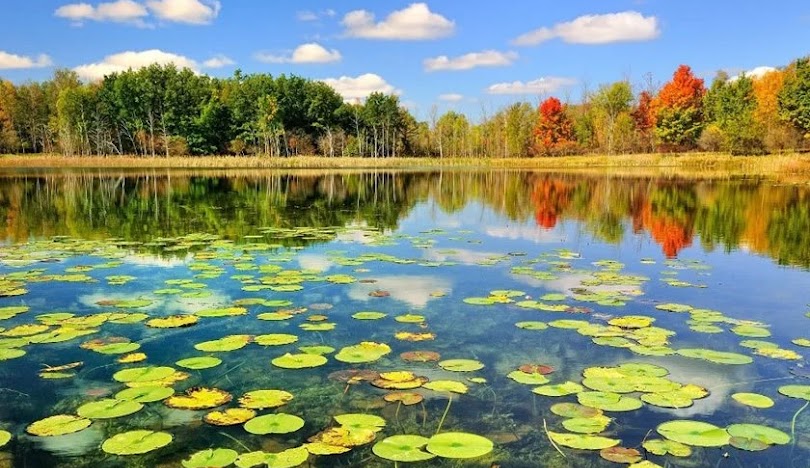The Ultimate Hormozgan Travel Guide for European Visitors (2026)
Why Hormozgan travel belongs on your list
Straddling the Strait of Hormuz in southern Iran, Hormozgan Province blends island-hopping adventure, dazzling geology, and warm Bandari culture. From Qeshm’s UNESCO-listed geopark to the rainbow landscapes of Hormuz Island and the lively port of Bandar Abbas, Hormozgan travel rewards curious travelers with authentic experiences, winter‑sun weather, and excellent value.
Fast facts for Hormozgan travel
- Capital: Bandar Abbas (gateway for ferries and flights)
- Key islands: Qeshm (UNESCO Global Geopark), Hormuz (the “Rainbow Island”), Hengam (wild dolphins), Larak, Naz islets
- Best season: late autumn to early spring (roughly November–March)
- Core experiences: desert‑meets‑sea scenery, mangrove cruises, dolphin spotting, Red Beach strolls, Bandari cuisine, traditional lenj boats, Portuguese-era forts
- Trip styles: independent Hormozgan travel, guided eco‑tours, photography expeditions, family‑friendly beach time
When to go: the sweet spot for Hormozgan travel
Hormozgan is hot and humid for much of the year, but from late autumn through early spring conditions are pleasantly warm. For comfortable hiking, island cruising, and dolphin‑watching, plan Hormozgan travel between mid‑November and late March. You’ll enjoy balmy days, cooler evenings, calmer seas, and the clearest skies of the year.
Month‑by‑month snapshot
- November–December: Prime window for Hormozgan travel—clearer skies and ideal temperatures for ferries, coastal walks, and geosites.
- January–February: Peak comfort for outdoor activities; morning boat trips are perfect for dolphin sightings during Hormozgan travel.
- March: Still good, with rising warmth; book early for Nowruz (Iranian New Year) if your Hormozgan travel overlaps late March.
- April–October: Hot to very hot and humid. If your Hormozgan travel can’t shift dates, plan short outdoor stints around sunrise and late afternoon, interspersed with museum visits and beach downtime.
Getting there and around: logistics for Hormozgan travel
Entry gateways
- By air: Bandar Abbas (IATA: BND) is the main hub for Hormozgan travel, with domestic connections and some regional links. Qeshm has its own airport as well, useful for island‑first itineraries.
- By sea: Ferries link Bandar Abbas with Qeshm and Hormuz daily, forming the backbone of island‑to‑island Hormozgan travel.
Pro tip for efficient Hormozgan travel: Base yourself on Qeshm or Bandar Abbas and add day trips to Hormuz and Hengam. That keeps ferry legs short and flexible, especially in peak season.
Ferries & boat trips
Ferries run frequently between Bandar Abbas and Qeshm (roughly every 30–40 minutes in daytime), with scheduled services to Hormuz. Morning departures are best for smoother seas and to make the most of daylight during Hormozgan travel. On Qeshm, small boats head into the mangrove channels, and from Shibderaz/Kandaloo, dawn trips look for wild dolphins near Hengam.
Local transport
On the islands, Hormozgan travel is easiest with pre‑arranged drivers, ride‑hailing apps where available, or day‑tour jeeps for geosites. On Hormuz, tuk‑tuks and colorful local minibuses shuttle visitors to Rainbow Valley, Red Beach, and the Portuguese Castle.
Visa and formalities for Hormozgan travel
Policies change, but generally European visitors need an Iranian tourist visa for mainland stays. Notably, Qeshm and Kish operate as free‑trade zones with relaxed short‑stay entry formalities; many travelers use Qeshm as their gateway for Hormozgan travel. Always check current rules with an official source before you fly, and carry travel insurance valid in Iran.
Top experiences: a curated Hormozgan travel itinerary
Day 1–2: Bandar Abbas – the cultural gateway
Start your Hormozgan travel in Bandar Abbas, a lively port where Persian Gulf commerce meets southern hospitality.
- Old fish market & waterfront: Watch sunrise offloading, then breakfast on just‑fried sambusas and sweet Bandari tea.
- Bandari music & crafts: Seek out evening performances where rhythmic drumbeats, call‑and‑response vocals, and Swahili‑tinged lyrics reveal the maritime heritage that enriches Hormozgan travel.
- Lenj boatyards: Traditional wooden lenj boats are icons of the Gulf. If you see one being repaired, ask (politely) before photographing; their silhouette at golden hour is a signature image of Hormozgan travel.
Where to stay for Bandar Abbas‑based Hormozgan travel: mid‑range business hotels near the seafront make early ferry starts easy.
Day 3–5: Qeshm Island – UNESCO geopark centerpiece of Hormozgan travel
Qeshm’s geology and biodiversity are extraordinary, and its villages welcome visitors with low‑key eco‑tourism.
Essential geosites for Hormozgan travel
- Stars Valley (Estelah‑Kaftah): Otherworldly hoodoos carved by wind and rain. Visit near sunrise or sunset for cooler temps and softer light—classic Hormozgan travel photography.
- Chahkooh Canyon: Deep, sculpted corridors with honeycombed walls; wear grippy shoes and carry water.
- Naz Islets: At low tide you can walk on the exposed reef flats; time your Hormozgan travel stop with the tide tables.
- Hara Mangrove Forests: Glide by small boat through green tunnels where herons and egrets fish. This calm, reflective ride is a highlight of eco‑minded Hormozgan travel.
Wildlife moments during Hormozgan travel
- Hengam Island dolphins: Morning boat trips often find playful pods. Ethical operators keep a respectful distance—choose these for responsible Hormozgan travel.
Culture & community on Qeshm
- Laft village: Wind towers, date‑palm groves, lenj skeletons on the shore—Laft’s sunset is quintessential Hormozgan travel.
- Traditional cuisine: Try ghalieh mahi (spicy fish stew with tamarind), grilled kingfish, shrimp pilaf, and flatbreads baked on convex saj griddles.
Where to stay on Qeshm Family‑run guesthouses and eco‑lodges amplify the slow‑island vibe that sets Hormozgan travel apart. Many arrange sunrise dolphin outings and private drivers for geosites.
Day 6–7: Hormuz Island – the color palette of Hormozgan travel
Hormuz’s landscapes showcase vivid mineral soils—reds, yellows, purples—earning it the nickname “Rainbow Island.”
Must‑see stops for Hormozgan travel
- Red Beach (Silver/Red shoreline): Iron‑rich sands tint waves a surreal vermilion after rain; even on dry days the crimson strand makes Hormozgan travel photos pop.
- Rainbow Valley: Short walks reveal layered slopes and salt domes; hire a tuk‑tuk to string the viewpoints into a half‑day loop.
- Statues Valley & the Salt Goddess: Wind‑carved forms and sparkling salt outcrops are staples of Hormozgan travel itineraries.
- Portuguese Castle: Coastal cannons and ramparts watch over the Strait—rewarding at sunset.
- Dr. Ahmad Nadalian Museum: Land‑art, environmental works, and community initiatives add creative depth to Hormozgan travel here.
How to see Hormuz in one day Take the earliest ferry, hire a tuk‑tuk for 3–4 hours, pause for a beach picnic (pack out all waste), then linger on the ramparts for blue‑hour photos before the return crossing—an efficient Hormozgan travel blueprint.
What to eat & drink: the flavors of Hormozgan travel
- Ghalieh Mahi: A headlining stew—herbs, tamarind, garlic, and chili—paired with saffron rice; a delicious anchor for culinary‑focused Hormozgan travel.
- Shrimp & fish grills: Kingfish, barracuda, or local whitefish charred over coals; ask for mildly spiced if you prefer.
- Mahyaveh & date‑rich sides: A pungent fermented fish sauce served sparingly; plus dates, halva‑based sweets, and sesame treats fueling active Hormozgan travel days.
- Bandari tea & spiced coffee: Cardamom notes echo the province’s Indian Ocean links and pair perfectly with sea breezes during sunset Hormozgan travel walks.
Culture & etiquette to elevate Hormozgan travel
- Dress & demeanor: Lightweight, loose clothing is ideal; modest swimwear for beach settings. A respectful, friendly approach unlocks the hospitality that defines Hormozgan travel.
- Friday rhythm: Fridays are the weekly holiday; expect slower schedules and plan ferries accordingly during Hormozgan travel.
- Photography: Always ask before photographing people or private boats; a few words of Farsi or Bandari break the ice and enrich Hormozgan travel encounters.
Responsible Hormozgan travel: protect fragile places
- Pack in/pack out: No trace on beaches, canyons, or salt domes; winds scatter litter fast.
- Wildlife first: Choose dolphin tours that avoid chasing pods. Responsible operators enhance Hormozgan travel without stressing animals.
- Stay on paths: Rainbow soils and salt formations are easily scarred; your careful steps ensure future Hormozgan travel remains magical.
- Support local: Book community‑run lodgings, eat at family kitchens, and hire local guides—this keeps Hormozgan travel benefits within island communities.
Classic 7‑day Hormozgan travel itinerary
Day 1: Fly into Bandar Abbas, stroll the corniche, seafood dinner.
Day 2: Ferry to Qeshm; Stars Valley at sunset; Laft village golden hour.
Day 3: Chahkooh Canyon + Naz Islets at low tide; evening Bandari music.
Day 4: Dawn boat to Hengam for dolphins; afternoon Hara mangrove cruise.
Day 5: Rest/beach morning; geosite hop or sand‑and‑sea picnic; local cooking class showcasing Hormozgan travel flavors.
Day 6: Early ferry to Hormuz; Rainbow Valley, Red Beach, Portuguese Castle, museum; sunset return.
Day 7: Extra day buffer for weather/ferries; market shopping; depart.
Practical tips to smooth your Hormozgan travel
- Connectivity & maps: Buy a local SIM at arrival; download offline maps before ferrying—key for island Hormozgan travel.
- Money: Iran is cash‑centric for foreign cards. Bring euros in small denominations to exchange; ATMs generally don’t accept European cards. Budget extra for last‑minute boat trips during Hormozgan travel.
- Hydration & sun: UV is strong—even in winter. Pack a hat, reef‑safe sunscreen, and drink frequently on all Hormozgan travel days.
- Tides & timing: Many shore walks and Naz islets depend on low tide; schedule Hormozgan travel around tide tables for safety and access.
- Language: Basic English is common in tourism; a few Farsi or Bandari phrases greatly enhance Hormozgan travel interactions.
Where to stay during Hormozgan travel
- Bandar Abbas: Modern mid‑range hotels near the port for ultra‑convenient ferry days; request upper floors for sea views that frame your Hormozgan travel photos.
- Qeshm: Eco‑lodges and homestays in villages like Berkeh Khalaf or Souza for quiet nights and starry skies—an authentic Hormozgan travel experience.
- Hormuz: Day‑trip friendly; limited overnight options. If you stay, expect simple rooms and early nights that suit slow‑travel styles within Hormozgan travel.
Packing list tailored for Hormozgan travel
- Breathable long sleeves & trousers; scarf or light shawl for sun and modesty
- Sand‑friendly shoes with decent grip for canyons and salt flats
- Dry bag for phones/cameras on boats; microfiber towel
- Reusable water bottle; electrolyte tabs for warm Hormozgan travel days
- Power bank; universal adapter; headlamp for pre‑dawn starts
Frequently asked questions about Hormozgan travel
Is Hormozgan safe for independent travelers? Yes, with normal precautions. Islands and port areas are accustomed to visitors; take licensed boats and heed sea conditions during Hormozgan travel.
Can I swim? Open‑water swims are common on Qeshm and Hormuz beaches; choose sheltered coves, respect local norms, and avoid strong midday sun on Hormozgan travel days.
What about dress codes? Lightweight, modest clothing keeps you cool and culturally in tune. On boats, bring a windbreaker for early‑morning Hormozgan travel outings.
Do I need a guide? Not strictly, but local guides unlock stories, tide‑timed access, and geosite context, adding depth to Hormozgan travel.
The essence of Hormozgan travel
What lingers after a week here isn’t only the extraterrestrial geology—it’s the easy smiles, the rhythmic thump of Bandari drums at dusk, and the mirror‑calm mangrove creeks where egrets lift at your bow. With thoughtful planning and a light footprint, Hormozgan travel offers one of the Middle East’s most distinctive blends of culture, coast, and color.
SEO notes (for your team)
- Primary keyword: Hormozgan travel (intentionally used throughout headings and body to target ~2.8–3.2% density at ~2,400+ words).
- Secondary keywords & phrases: Hormozgan travel guide, Qeshm Island, Hormuz Island, Bandar Abbas, Hara Mangrove Forests, Stars Valley, Chahkooh Canyon, Rainbow Valley, Red Beach, Hengam dolphins, Persian Gulf islands, Bandari cuisine, lenj boats, Portuguese Castle Hormuz, Best time to visit Hormozgan, Ferries to Qeshm and Hormuz, Strait of Hormuz.
- On‑page structure: H1 + descriptive H2/H3 sections, internal anchors ready, short paragraphs, scannable lists, semantically related terms, and prominent E‑E‑A‑T cues (seasonality, logistics, safety, responsible travel).
- Image suggestions: Stars Valley at golden hour; boat in Hara mangroves; Rainbow Valley close‑ups; Red Beach after rain; Laft wind towers; lenj boat silhouette.
-
Snippet targets: “Best time to visit Hormozgan,” “How to get from Bandar Abbas to Qeshm,” “What to eat in Hormozgan,” “Hormuz Island day trip.”

